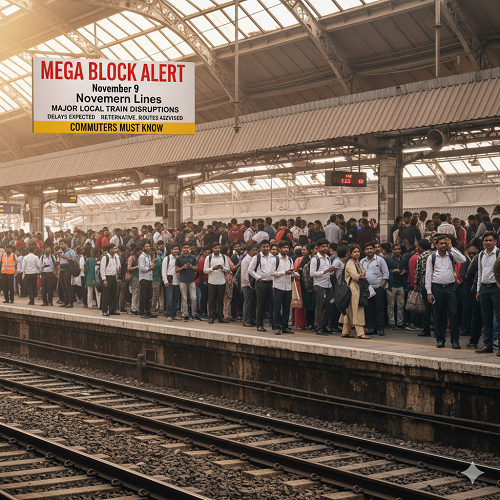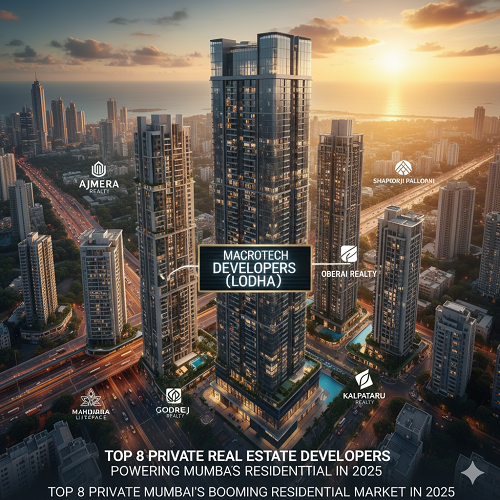
Should Mumbai Pull a New York-er? How Zohran Mamdani’s Win Could Redefine the City’s Civic Future
When Zohran Mamdani swept into New York’s City Hall on November 4, the victory travelled far beyond the Hudson. For Mumbai, the financial capital of the world’s largest democracy, his win ignited a question worth pondering, Can Mumbai be like New York?
Every monsoon reminds Mumbaikars of what works and what doesn’t. Trains stall, drains choke, flyovers flood, and the city’s many agencies begin passing the buck. What Mamdani’s victory symbolizes for New York, decisive governance rooted in accountability, is what Mumbai has long struggled to achieve.
A City of Many Masters
Unlike New York, where a directly elected mayor governs the city with full authority, Mumbai operates under a maze of overlapping institutions. The Brihanmumbai Municipal Corporation (BMC), Asia’s richest civic body, shares its responsibilities with a cluster of state-controlled agencies, MMRDA, MHADA, SRA, MMRCL, the port authority, and the railways. Each manages a portion of the city, often with conflicting priorities and timelines.
The outcome is predictable, delays, duplication, and disorder. Mumbai’s mayor, chosen every two and a half years from among 227 corporators, holds a largely ceremonial position. The real authority rests with the municipal commissioner, a state-appointed bureaucrat who oversees how the city actually functions.
In this arrangement, accountability becomes diffused, and leadership turns reactive instead of proactive.
The New York Contrast
New York’s governance model stands in sharp contrast, offering lessons in centralized accountability. Its mayor is not a symbolic leader but a full-fledged executive, commanding a USD 120 billion budget, managing over 300,000 employees, and steering a city economy larger than that of ten countries.
JC Polanco, professor at the University of Mount Saint Vincent, noted in a Times of India report, “Not only do they supervise a staff of over 300,000 people, a budget of over USD 120 billion, a GDP of USD 1.3 trillion, that’s bigger than ten other countries. It’s a lot of power.”
The key difference lies in the process, New York’s mayor is directly elected every four years. This creates a single, visible point of accountability, encouraging aspiration while allowing citizens to trace both success and failure to one office.
Mumbai’s Power Deficit
In contrast, civic power in Mumbai has been gradually diluted over time. State-created agencies have absorbed crucial sectors such as housing, roads, and metro infrastructure, leaving the BMC with limited control. What remains is a civic institution with deep financial resources but limited autonomy.
Shiv Sena MP Milind Deora has long argued for structural reform. “The exact nature of that structure and devolution of powers can be debated, but in principle, I support the idea,” he said. “I personally would prefer a directly elected mayor, but I’m open to other views on how we can empower and hold Mumbai’s mayor more accountable.”
City Congress chief Varsha Gaikwad echoes the sentiment. “Only a directly elected and empowered mayor can pull us out of this mess. Today, planning, implementation, and monitoring are split across multiple agencies, with almost no coordination,” she said.
Even Shiv Sena (UBT) MLA Aaditya Thackeray has called for reform. “Firstly, we should have elections that are free and fair. One real person, one vote,” he remarked, underlining the urgent need for systemic clarity.
A Ghost from the 1990s
Mumbai has attempted decentralised governance before. In 1997, under then chief minister Manohar Joshi, the city experimented with a “mayor-in-council” model, transferring certain administrative powers from the commissioner to the mayor. Nandu Satam became the first empowered mayor in this framework.
However, the experiment faltered within two years. Infighting, contract disputes, and bureaucratic paralysis soon set in. Civic officials withdrew from decision-making, turf wars erupted, and governance slowed to a crawl. By early 1999, the system was scrapped.
The failure, however, was not of the idea but of execution. Weak oversight, undefined roles, and a lack of transition planning turned reform into regression. Yet, the episode continues to haunt policymakers, often cited as evidence that Mumbai cannot handle a strong mayor.
A Case for a Reimagined Mayor
If Mumbai were to pull a ‘New York-er,’ it wouldn’t just mean adopting a foreign model, it would require rebuilding civic trust and administrative coherence. A directly elected mayor could serve as the bridge between citizens and governance, turning fragmented machinery into a coordinated system.
Such reform could also make civic leadership aspirational again. As Milind Deora and others have suggested, an empowered mayor would attract capable leaders who view the post as a platform to genuinely shape the city, not merely a ceremonial chair.
But empowerment must be designed with accountability. The lessons of the 1990s underline that authority without transparency or checks can lead to chaos. Clear demarcation of powers, transparent budgeting, and citizen oversight would be essential pillars of a reimagined system.
Globally, urban cities that have embraced directly elected leadership, from London to Seoul, have seen measurable improvements in efficiency, fiscal discipline, and citizen engagement. Mumbai, too, could benefit from such clarity of command.
The Way Forward
For a city that generates nearly 6% of India’s GDP and 25% of Maharashtra’s economy, Mumbai’s governance model feels outdated. It was built for a smaller, slower city, not for the sprawling 2.1 crore megapolis it has become.
Empowering a directly elected mayor won’t be a silver bullet, but it could be a structural correction, one that aligns vision, authority, and accountability in a single office. Such a change could move Mumbai from reactive governance to responsive leadership.
In essence, Zohran Mamdani’s New York victory is not just about a politician across the ocean, it is a mirror for cities like Mumbai, reminding them that urban leadership is not about control, but about clarity, and that sometimes, reform is not about doing more, but about governing better.





